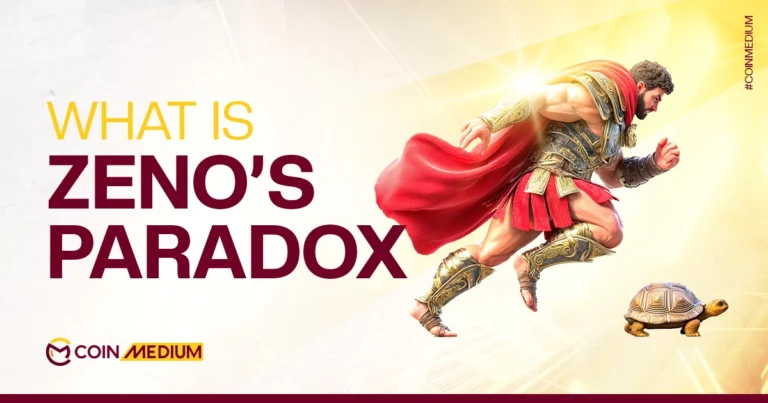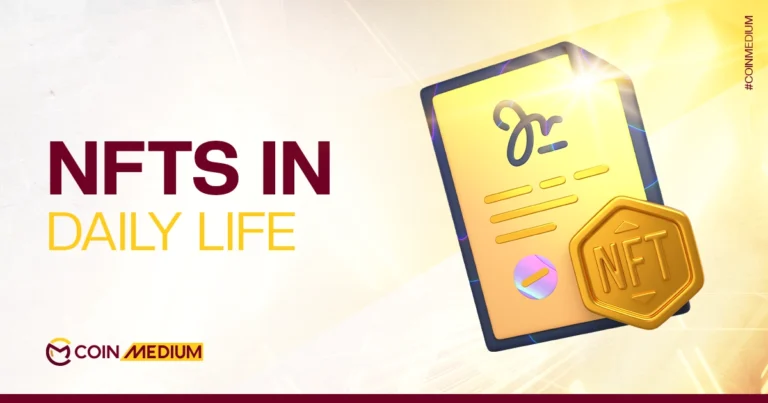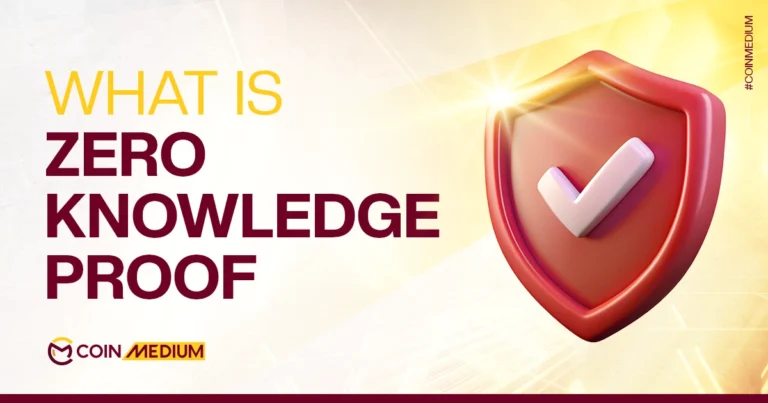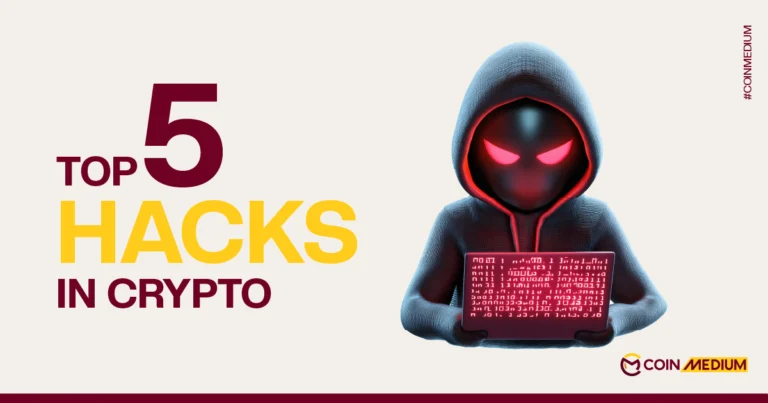You must have heard or read about the term crypto airdrop across videos, posts and blogs. So, what are crypto airdrops really?
An airdrop is basically a marketing method for crypto and blockchain projects to lure new users to try their product or asset in order to help spread the word.
Airdrops come in various forms, often requiring participants to complete specific tasks or possess a minimum quantity of existing tokens.
What Are Some Of The Popular Types Of Crypto Airdrops?

Airdrops vary in structure, each with distinct requirements and objectives. Following are some popular types of cryptocurrency airdrops.
Standard Airdrop
In a standard crypto airdrop, getting free tokens is as simple as expressing interest. Participants just need to provide a valid wallet address to receive their share, with some airdrops requiring no other information.
These airdrops often have a set number of tokens to be distributed, and there’s usually a cap on how many tokens each person can get. Because of this, they can be time-sensitive. Due to their simplicity, these airdrops are very popular.
However, a major drawback is that a single user can create multiple wallets to claim a larger share of the tokens, potentially depleting the supply quickly. This can make it more difficult for genuine, single-wallet participants to get an airdrop.
Bounty Airdrop
In bounty crypto airdrops, users can earn free cryptocurrency by completing specific tasks. These tasks are typically focused on promoting a project and may include posting about the project, tagging the company, or retweeting official announcements. Some projects also ask you to refer new users to earn points.
For each task completed, users are awarded points that determine the size of their airdrop. To qualify, users often need to accumulate a minimum number of points. For instance, a user might need to earn 300 points to become eligible for an airdrop, with each task being worth 100 points.
Holder Airdrop
These airdrops are a type of cryptocurrency distribution that automatically sends new tokens to individuals who already own a specific cryptocurrency. The number of new tokens a user receives is typically proportional to the amount of the existing tokens they hold. This process is possible because all wallet addresses and token balances are publicly accessible on the blockchain’s distributed ledger.
Since the data is transparent, the project team can easily identify all token holders and their holdings.
Exclusive Airdrop
They are a more specific type of airdrop where individuals are hand-selected to receive free tokens. Unlike standard holder airdrops that are based on the number of tokens a person holds, exclusive airdrops are distributed based on a different set of criteria.
Projects may use various factors to identify their most dedicated supporters, such as:
- Time spent: The amount of time an individual has been involved with the project.
- Non-token contributions: The total amount of money spent on activities that are not directly related to buying the token, such as purchasing project-related merchandise.
- Community engagement: The number of posts a user has contributed to a project’s forum or social media channels.
This method allows a project to more directly reward its most loyal and active community members, even if they don’t hold a large number of tokens.
In some cases, a wallet may receive an exclusive airdrop even if it contains no tokens at all.
How To Farm Crypto Airdrops?
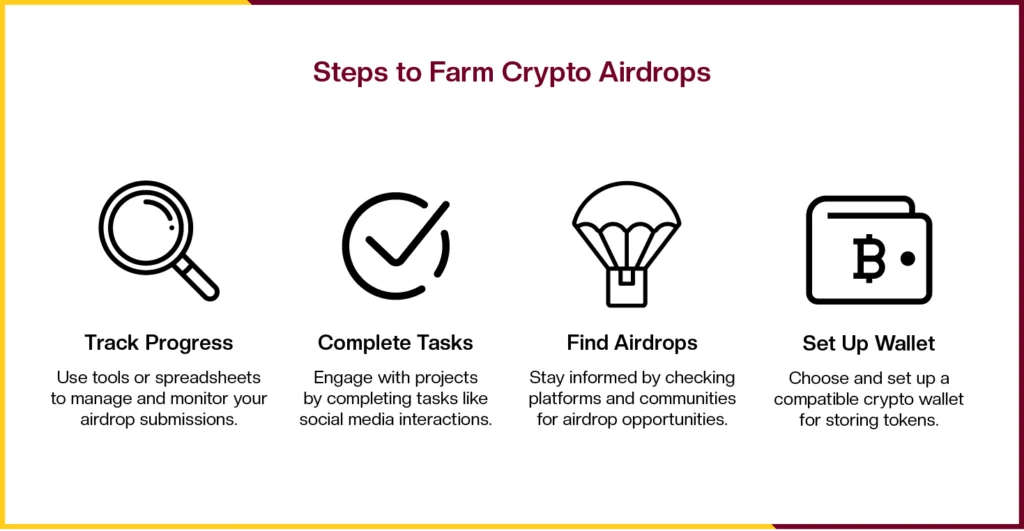
Airdrop farming is the strategic practice of engaging with multiple cryptocurrency projects to collect free tokens. This process allows crypto enthusiasts to acquire new assets, which can sometimes increase significantly in value, making it an appealing opportunity.
Before you can start farming airdrops, you’ll need a cryptocurrency wallet to store your free tokens. Most airdrops are hosted on blockchains like Ethereum, Binance Smart Chain (BSC), or Solana, so it’s essential to have a compatible wallet.
Some reliable crypto wallet options are Metamask & Trust Wallet for Ethereum based crypto airdrops Solflare & Phantom wallet is ideal for Solana based crypto airdrops.
Next, knowing where to look is crucial when it comes to airdrop farming. Staying informed about airdrop opportunities involves regularly checking platforms and communities that focus on airdrops.
Keep a close eye on X (Formerly Twitter), crypto bonus & airdrop sections of popular sites like airdrops.io.
Once you find an airdrop, the next step is to complete the required tasks. Tasks often range from following a project’s social media accounts to performing specific actions on a blockchain network.
Common tasks include:
- Joining Telegram groups and staying active.
- Retweeting posts or tagging friends in social media discussions.
- Holding specific tokens in your wallet during a snapshot period.
- Testing products or engaging with decentralized apps (dApps).
Each airdrop will have its own unique set of tasks, so make sure to read the instructions carefully to qualify.
Furthermore, keeping track of the airdrops you’ve entered is essential to stay organized. It’s easy to lose track when you’re participating in multiple airdrops at once.
Tools like Airdrop Tracker or Airdrop Alert can help you manage and track the status of your submissions. Alternatively, using a simple spreadsheet can be effective for monitoring deadlines and distribution dates.
Recognizing Crypto Airdrop Scams
Crypto airdrops are often used as a promotional tool, but it’s important to know the difference between a legitimate airdrop and a scam. A key red flag is when a project asks for money; legitimate airdrops will never ask you for an investment to receive free tokens.
- Phishing Websites: Many airdrop scams lure you to a fake website to “claim” your airdrop. These sites often mimic legitimate platforms and prompt you to connect your wallet using services like MetaMask or Trust Wallet. The scam is complete once you provide your secret phrase or private keys, giving scammers full access to your funds. Never share your secret phrase or private keys with anyone.
- Dusting Scams: This involves scammers sending a very small amount of cryptocurrency (or “dust”) to many wallets. The goal is to track your activity on the blockchain. While this doesn’t directly steal your funds, it’s a privacy risk. If you see a small, unsolicited deposit, it’s best to simply ignore it.
- Deceptive Promotions: Some projects might hype up an airdrop for a different token or NFT to boost the value of their own asset. For example, they might promise a rare airdrop to anyone who buys their NFT. While the airdrop might be real, the project owners could be manipulating the market to sell their own holdings at a profit. Always be skeptical of projects that heavily promote an airdrop as a way to inflate the price of another asset.
How to Protect Yourself From Crypto Scams?
- Do Your Own Research (DYOR): Before engaging with any project, always do your homework. Look into the project team, its goals, and its reputation in the crypto community.
- Be Wary of Unsolicited Deposits: If you receive tokens you didn’t ask for, be cautious. Don’t interact with them or the project’s website.
- Check Official Sources: Always get information directly from a project’s official channels. Bookmark official websites and follow their verified social media accounts, Discord, or forums. Be mindful that scammers often create fake profiles that look identical to the real ones.
- Use a Dedicated Airdrop Wallet: If you plan on participating in airdrops, consider creating a separate wallet specifically for that purpose. This way, if you accidentally interact with a scam, your main crypto holdings in other wallets remain safe.
- Never Share Your Keys: This is the golden rule of crypto. Your private keys and secret phrases are the keys to your funds. Never, ever enter them on a website, share them in a message, or give them to anyone, no matter what they promise.
Crypto airdrops are a marketing strategy used by projects to raise awareness among users by encouraging interaction with the project. Users who engage with the project, often long-term, may receive free tokens. While airdrops offer crypto enthusiasts a unique opportunity to acquire new assets and potentially profit, it is crucial to approach them with caution due to potential scams.
Frequently Asked Questions
Does crypto airdrop make money? +
Crypto airdrops can potentially make money if the tokens received gain value and you sell or trade them. However, not all airdrops are profitable. Some tokens may have low or no value, and market volatility can affect returns. Success depends on the project’s credibility, token demand, and market conditions.
How do I get airdrops from crypto? +
There are a number of ways to receive cryptocurrency airdrops. One of the most common methods is to hold specific cryptocurrencies, as many airdrops are distributed to holders of certain tokens in compatible wallets. It's also a good idea to join project communities on platforms like X, Telegram, or Discord, where airdrop announcements are frequently made.
Are crypto airdrops safe? +
Not all crypto airdrops are safe. There are risks involved. It includes unsolicited airdrops, malicious crypto contracts designed to drain wallets, phishing links to list a few.
Can airdrop be converted to money? +
Yes, if the airdropped tokens have market value and are listed on exchanges, you can convert them to money.
Do you pay for crypto airdrops? +
Legitimate crypto airdrops are typically free, as they’re designed to distribute tokens for marketing or community-building. However, Some airdrops require holding specific tokens, which you may need to purchase. Additionally, you may incur gas fees (e.g., on Ethereum) to claim or transfer tokens
What happens after a crypto airdrop? +
Tokens are distributed to eligible wallets, often automatically or after claiming. You can hold or sell these tokens on reputable centralized exchanges.
How much is the airdrop coin worth? +
Some tokens are worth fractions of a cent or have no market value initially. Others from reputable projects (e.g., Uniswap’s 2020 airdrop) can be worth hundreds or thousands of dollars if the project succeeds.
How to know fake airdrops? +
You can identify fake airdrops by checking the project’s official website and by verifying their official X, Telegram accounts.
Do you pay tax on crypto airdrops? +
Yes, in many countries, airdrops are subject to taxes. You may want to consider the tax laws implied in your country.







